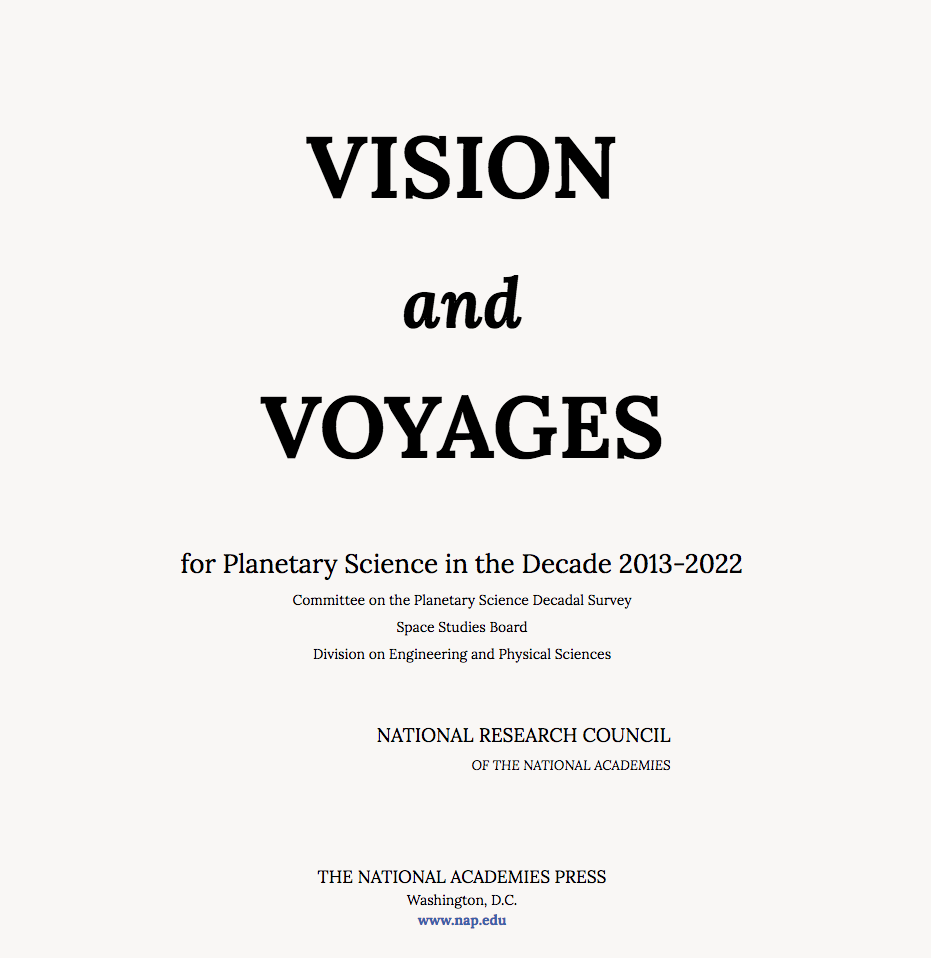

A second objective of this report is to illustrate how science communication and engagement can be designed to achieve specific societal impacts.Ī Heterogenous Public Percentage of U.S. These considerations are particularly important because the design and execution of these activities directly affect their outcomes and impact. The report highlights key contexts for engagement with science and provides an overview of approaches to science communication and engagement.

One objective of this report is to improve understanding and awareness of the range of participants, approaches, and outcomes that form this complex landscape of science communication and engagement among communities interested in participating in or supporting the practice. In addition to the inherent socioeconomic, racial, and cultural diversity of the public, attitudes toward science are also influenced by an individual’s experiences with science and exposure to scientific information throughout his or her lifetime. Taken together, these data support the notion of a heterogeneous public whose perceptions depend on context and values. Titled Perceptions of Science in America (see Takeaways from Perceptions of Science in America for its primary conclusions), the report presents data showing that confidence in scientific leaders has remained generally stable over the last thirty years, but that attitudes toward science vary based on age, race, educational attainment, region, political ideology, and other factors. In February 2018, the American Academy of Arts and Sciences released the first report from its Public Face of Science Initiative.


 0 kommentar(er)
0 kommentar(er)
